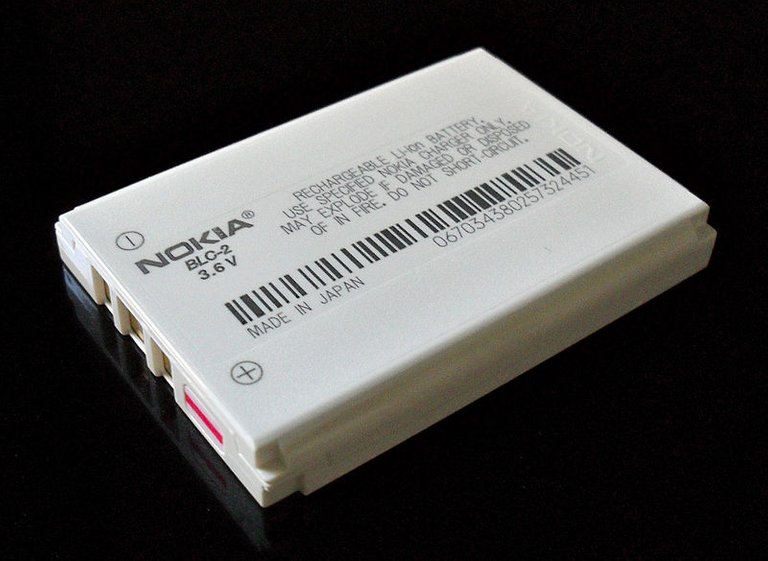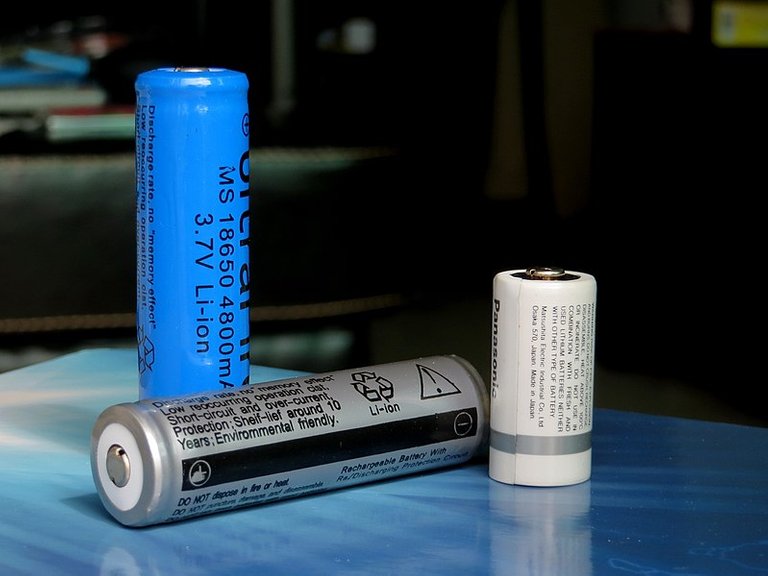A few days ago, the power supply in the place I live went off. I was so flustered and could do nothing until the power was restored because almost everything I use needs electricity - the water heater, air conditioner, you name it. Electricity has got to be one major scientific breakthrough in the universe. Its use from air conditioners, to refrigerators, and pressing irons are important in everyday life and hence, its unavailability makes life a bit difficult and uncomfortable. A few weeks ago in the United State, in some parts of New York to be precise, the electricity went off and the entire population of the area was thrown in disarray. This shows how important electricity is irrespective of a country is a developed or developing nation.
But electricity is expensive and not everyone can afford it, especially in developing and underdeveloped countries. Also, the popular modes of generating electricity have been criticized for not being environmentally friendly and not sustainable in the long run. This is why scientists have spent decades trying to research new ways to improve the power supply through affordable technology. Batteries have been in existence for quite a while and have gradually become an essential part of the life of an average human because we make use of batteries daily through the use of mobile phones, toys, and other rechargeable gadgets.

It is of little wonder that people are investing heavily in battery stock. Before we go into more detail about new battery technology, let us examine the different kinds of batteries.
Types of batteries
Batteries are essentially of two forms:
The primary or non-rechargeable batteries.
The secondary or rechargeable batteries.
Primary batteries are single-use batteries that have a long shelf life with a rather opposing low service life. Hence they cannot be recharged after use. Their inability to be recharged is due to the irreversible electrochemical reactions that occur in their cells. Some examples of primary batteries are zinc-carbon cells and alkaline zinc cells. These types of batteries are widely used in clocks, TV remote controls, and some toys.
Secondary batteries can be recharged, this is because the reactions in their cells are reversible. Some examples of secondary batteries are lead-acid batteries which are very common in automobiles and UPS ( uninterruptible power supply) devices, Nickel-cadmium batteries that work well with high temperatures and are used in aircraft, and some medical devices, Lithium-ion batteries which are the most expensive and are used in electric (rechargeable) cars. Other examples are Nickel-metal hybrid batteries, lithium-ion polymer batteries, and lithium-metal batteries.
History of Lithium-ion batteries
Lithium batteries were first proposed by M. Stanley Whittingham, a British chemist who started the research that led to his breakthrough in the 1970s, he discovered how to store lithium ions in the layers of a disulfide material. After a series of tests with electrodes to enable recharging, he couldn't come up with a cost-effective and environmentally friendly solution, and so, this rechargeable lithium battery could never be made practical.
For this reason, Exxon who initially hired him for the research had to let go of the project. Later on, research moved to develop batteries in which only lithium compounds are present, being capable of accepting and releasing lithium ions. More research was carried out by various scientists up until 1985 when Akira Yoshino assembled a prototype cell using carbonaceous material into which lithium ions could be inserted as one electrode, and the other as lithium cobalt oxide. This development improved safety and enabled industrial-scale production of commercial lithium-ion batteries.
What is special about lithium-ion batteries?
Lithium-ion batteries should not be confused with lithium batteries as the latter is a primary battery that cannot be recharged. Lithium-ion batteries are aggressively gaining popularity and have been in the spotlight lately. The primary reason for this popularity is that, in these batteries, lithium ions move from the positive electrode through an electrolyte to the negative electrode when they are being charged to store energy and back when discharging.
Li-ion batteries use a lithium compound as the material at the positive electrode and graphite at the negative electrode. These kinds of batteries have a high energy density, and low self-discharge rate, therefore they have a long service life with high power. They offer a sustainable form of energy that is relatively affordable. The lithium-ion battery is a low-maintenance battery, an advantage that most other batteries cannot claim. There is no memory effect in these batteries as observed in other rechargeable batteries and therefore, no scheduled cycling is required to prolong the battery’s life.
Are Lithium-ion batteries safe?
Despite the numerous advantages of these batteries, they have a host of disadvantages:
- One major problem with lithium-ion batteries is their susceptibility to heat damage, this is why a lot of batteries get burnt.
- They can not be safely overcharged, so too much charging may lead to overheating and explosion.
- Lithium-ion batteries tend to degenerate when stored for a long time, for that reason, it is advisable to charge them before storage for better shelf life.
Batteries are generally toxic in the environment because of their heavy metal components, but Lithium-ion batteries are considered safe because of their metallic components which can be recycled and have less effect on the environment as compared to other batteries.

More research is being carried out to improve the power density, safety, cycle durability (battery life), recharge time, cost, flexibility, and other characteristics, as well as research methods and uses, of these batteries. The future looks bright for the Lithium-ion battery as it keeps gaining popularity among people and perhaps a sustainable and reliable energy source globally.
Can homes be powered with lithium-ion batteries?
If like me, you are seeking ways to make your home more electricity-efficient, you should consider the use of batteries. The Lithium-ion battery poses the best option as compared to other alternatives. To effectively run on batteries, an average home would need about 90kWh of energy that will require consistent recharging, so you may want to look into investing in solar panels as well that will serve as a power grid for your batteries.
References
- https://chem.libretexts.org/Bookshelves/General_Chemistry/Book%3A_Chemistry_(OpenSTAX)/17%3A_Electrochemistry/17.5%3A_Batteries_and_Fuel_Cells
- https://depts.washington.edu/matseed/batteries/MSE/classification.html
- https://en.wikipedia.org/wiki/Lithium-ion_battery
- https://batteryuniversity.com/learn/article/safety_concerns_with_li_ion
Interesting post ! lately, lithium-ion batteries have become a hot topic in Indonesia after Tesla plans to invest in Energy Storage System (ESS). it's a kinda giant power bank to replace peaker generators when the demand for electricity is high. they've been successful in Australia, and trying to do the same in my country.
Indonesia is probably lucky to be the location for such a project. I am sure it will benefit the populace a lot.
Congratulations @hadji! You have completed the following achievement on the Hive blockchain and have been rewarded with new badge(s) :
Your next target is to reach 30000 upvotes.
You can view your badges on your board and compare yourself to others in the Ranking
If you no longer want to receive notifications, reply to this comment with the word
STOPCheck out the last post from @hivebuzz:
Thanks for your contribution to the STEMsocial community. Feel free to join us on discord to get to know the rest of us!
Please consider supporting our funding proposal, approving our witness (@stem.witness) or delegating to the @stemsocial account (for some ROI).
Please consider using the STEMsocial app
app and including @stemsocial as a beneficiary to get a stronger support.
It's also worth considering how lithium is mined for batteries as that can be contentious, if we carry on as we are without recycling batteries we may run out in ~70 years
You are right. Sustainable use of our resources should be the main focus.